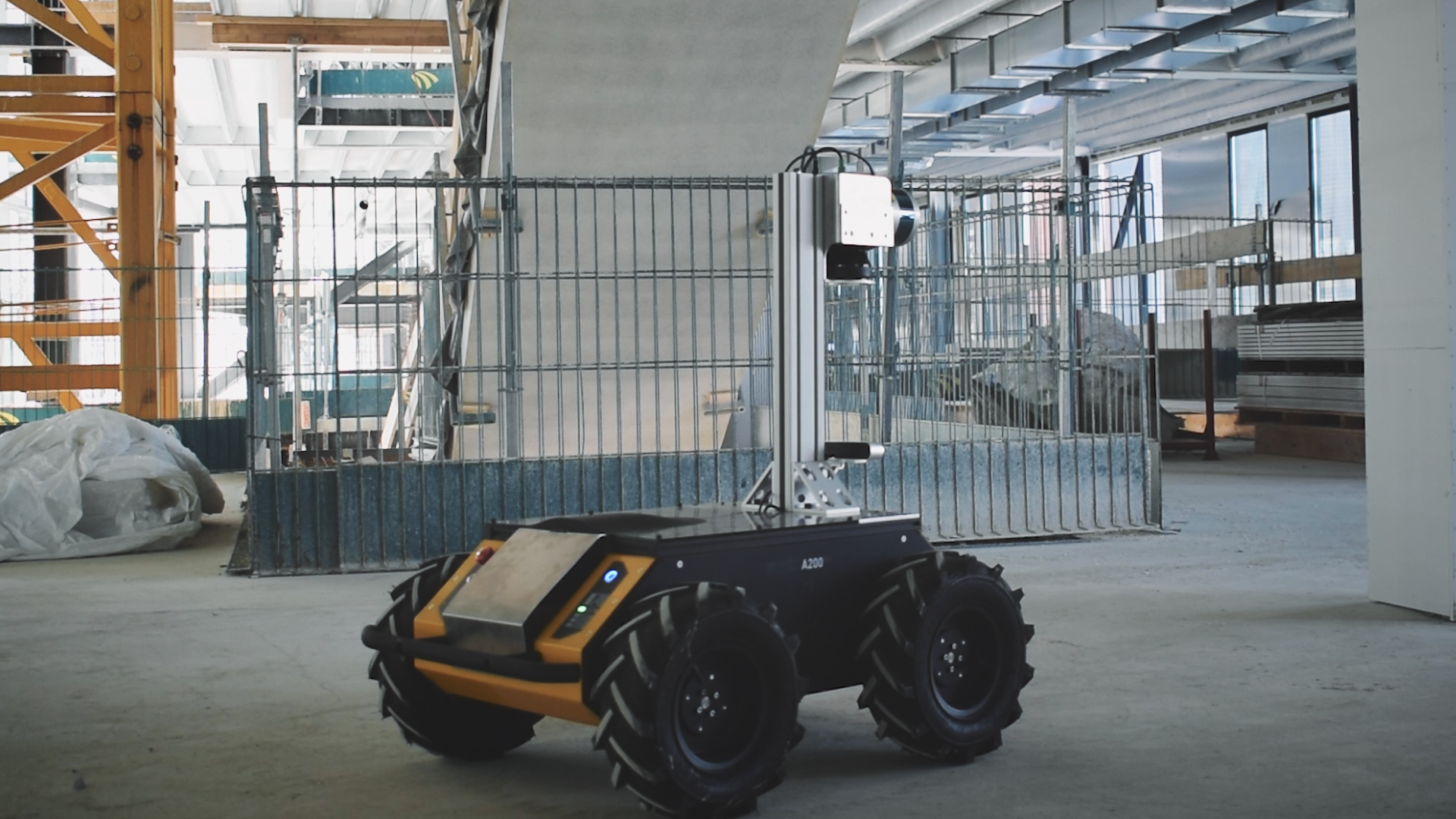The Robots That Could Save Construction Companies a Fortune
Some industry reports suggest that up to 20% of the costs on construction projects are down to reworking mistakes. With margins on some building projects as low as 1% or 2%, it's more important than ever to get things right the first time. Now a Barcelona-based tech company has developed a “Wall-E” lookalike robot that constantly monitors progress on site, with a mission to prevent needless mistakes and the associated costs.
Images and video courtesy of: Scaled Robotics
The fully autonomous robot, designed by robotics company Scaled Robotics, trundles around the site, usually at night time when it is quiet, collecting 3D-imagery, panoramic photos, video, and data. This information is then compared against the original Building Information Model (BIM) to check for any discrepancies or errors before costs start to spiral. This level of detailed progress monitoring has a hugely beneficial impact on quality control and improves workflow for both the on-site team and the designers.
Each robot has a range of sensors that can collect more high-resolution granular data about a building site than a human being ever could with a laser or tape measure, making it a transformational tool for site and project managers. The robots are already in use on sites across Europe, including Britain and the Netherlands, and have been trialled by developers including Great Portland Estates and Kier.

Stuart Maggs, co-founder of Scaled Robotics, has a background in architecture which provided him with a unique understanding of how expensive mistakes are regularly made on building projects. This led him and his team of roboticists, engineers, mathematicians and computer scientists to come up with a technological solution to the costly problem of simple human error.
The use of AI and other emerging technologies is increasingly being seen as a potential saviour for construction companies that are having to cope with an ever-dwindling labour pool. The construction industry has traditionally relied on sheer manpower to carry out the majority of tasks onsite. Working practices that haven’t changed for decades, are now being challenged with technology that can not only match but actually exceed human capabilities for certain, specialist tasks.
Source: A Guide to Construction Rework Reduction from the Construction Industry Institute.